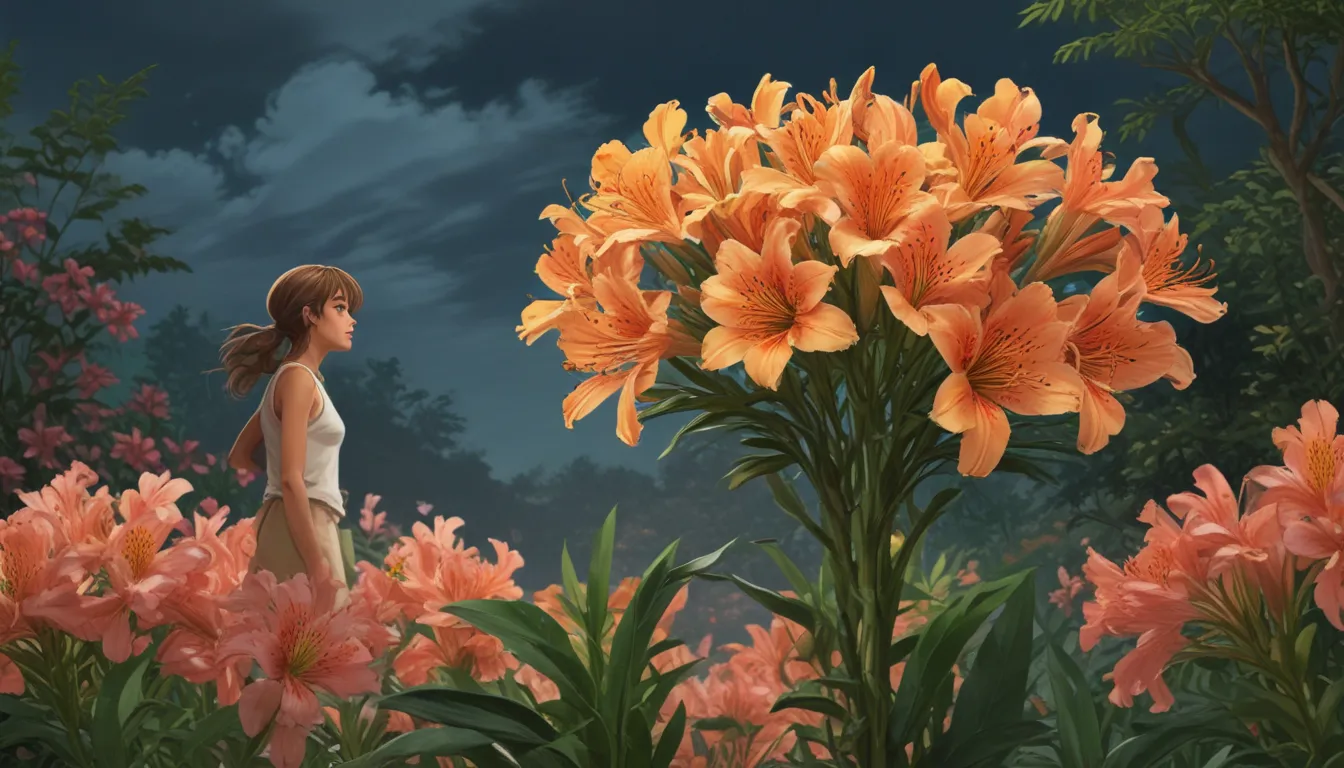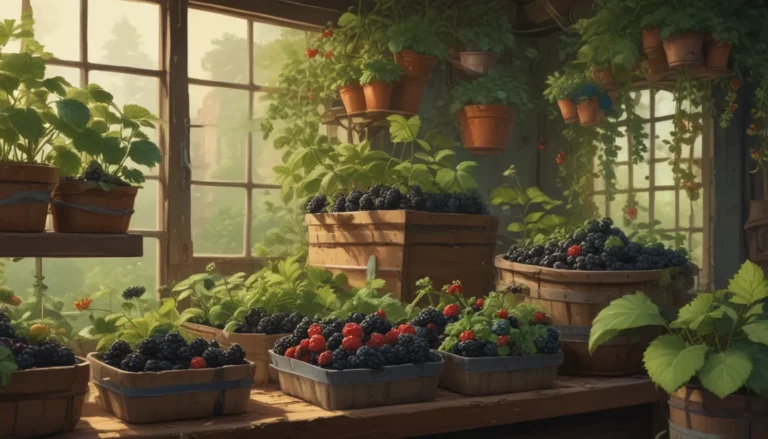Everything You Need to Know About Growing and Caring for Alstroemeria (Peruvian Lily)

Alstroemeria, also known as Peruvian, parrot, or princess lily, as well as lily of the Incas, is an exceptional cutting garden flower in the Alstroemeriaceae family. With about 80 species native to South America and the greatest diversity in Chile, there’s a rainbow of options available for the home gardener.
In this comprehensive guide, we will explore everything you need to know about growing and caring for Alstroemeria. From species and cultivars to flower harvesting, using it as a cut flower, overwintering tips, pests, diseases, and more, we’ve got you covered.
So, let’s dive in and discover all the wonders of Alstroemeria!
How to Grow Peruvian Lilies
To grow Alstroemeria, you need to find a sunny to partly shady location with good quality, loose soil that drains well. Here are some tips to consider when growing this prolific bloomer:
From Rootstock
- Mound the soil to promote drainage.
- Place the tuberous rootstock on the mound and cover it with earth.
- Tamp the soil down gently and water regularly.
- Maintain even moisture, but don’t let the soil get soggy.
From Seed
Growing Alstroemeria from seed can be a bit more challenging, but here are some steps you can follow to replicate the natural process and increase your germination rate:
- Harvest mature seed.
- Let the seed dry for several months.
- Soak seed overnight.
- Scarify by rubbing the surface slightly with an emery board.
- Sow in the fall.
Alternatively, you can provide the necessary period of chilling indoors to improve germination rates.
Remember to maintain regular watering and periodic fertilization to help your plants establish and thrive.
Peruvian Lily Species and Cultivars to Select
When choosing Alstroemeria plants for your garden or containers, consider these beauties:
- ‘Indian Summer’: Golden-hued petals and bronze foliage, winter hardy to USDA Hardiness Zone 6.
- ‘Summer Breeze’: Orange-yellow blossoms with variegated foliage, winter hardy to Zone 6.
- ‘Colorita Elaine’: Pink with gold and maroon dots and dashes, dwarf variety reaching 14 inches at maturity.
- ‘Colorita Claire’: Snowy white dwarf variety, 14 inches tall.
- ‘Colorita Ariane’: Freckled yellow faces on each blossom, perfect for gardens or containers.
Flower Harvesting
You can stimulate plant growth by plucking each stem at its base and encouraging new shoots to grow. This not only helps in the continuous growth of the plant but also ensures a steady supply of cut flowers for your use.
Make sure to trim the stems to the desired length using shears and remove foliage from the stems to improve hydration and vase life.
Using Alstroemeria as a Cut Flower
Alstroemeria is prized for its striking, azalea-like blossoms with an extensive color palette and long vase life. When arranging cut flowers in a vase, remove stem foliage except for the top cluster to keep the water clean and provide more hydration to the flowers.
Remember to wear gloves when handling Alstroemeria as it contains levels of toxicity that may cause illness or allergic reactions.
Overwintering Tips
Whether you have deciduous or evergreen varieties of Alstroemeria, it’s essential to provide proper care during the dormant winter season. Here are some overwintering tips:
- In temperate zones, mulch around your plants for protection.
- Bring container plants inside before the first frost.
- Divide large clumps of rootstock in spring and gradually move indoor containers outside.
Ensure good drainage and appropriate watering to help your plants survive the winter season.
Pests and Diseases
Alstroemeria plants are generally resistant to pests and diseases, but there are a few to watch out for:
Pests
Keep an eye out for aphids, spider mites, or whiteflies, which may indicate overwatering or underwatering issues. Use insecticidal soap as needed to control infestations and maintain healthy plants.
Diseases
Common fungal diseases like Botrytis blight, Rhizoctonia root rot, and Pythium root rot, as well as mosaic viruses, can affect your Alstroemeria plants. Ensure proper plant spacing, drainage, and watering to prevent these diseases.
If your plants show signs of disease, you may need to remove and dispose of infected plants to prevent further spread.
Quick Reference Growing Guide
Plant Type: Tender perennial
Flower / Foliage Color: Yellow, orange, salmon, pink, rose, purple, red, or white
Hardiness (USDA Zone): 8-10
Bloom Time / Season: Early summer through fall
Exposure: Full to partial sun
Spacing: 18 inches
Height: 1-3 feet
Spread: 1-2 feet
Water Needs: Moderate
Common Pests: Aphids, spider mites, whiteflies
Common Disease: Botrytis blight, Rhizoctonia root rot, Pythium root rot, Hippeastrum (Amaryllis) mosaic virus
Something for Everyone
With an assortment of vibrant color combinations and a variety of plant sizes, Alstroemeria has something for everyone. Whether you prefer dwarf varieties for borders or tall specimens for focal points, there’s a perfect Alstroemeria for your garden.
So, what are you waiting for? Plant some Alstroemeria and enjoy the beauty and benefits of these stunning flowers in your garden today!
Share your Alstroemeria gardening experiences in the comments below. We’d love to hear from you!
That’s all for now! Happy gardening!





